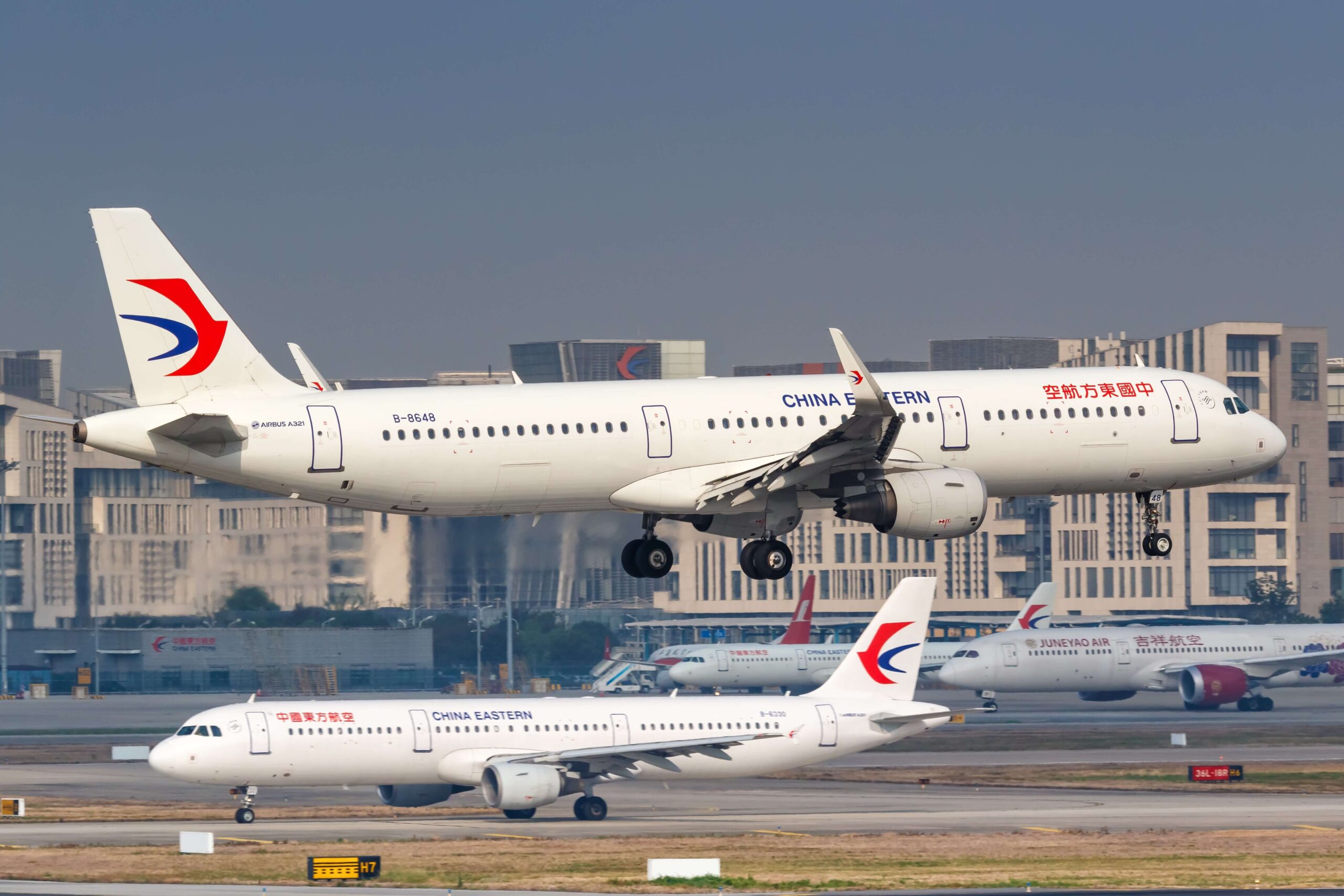China Eastern to Launch 29‑Hour “Direct” Flight Between Shanghai and Buenos Aires
September 23,2025

Introduction:
In a bold move, China Eastern Airlines is set to debut what might become the longest direct flight service in the world, connecting Shanghai and Buenos Aires as early as December. This monumental journey spans over 10,600 nautical miles and clocks up to 29 hours on the return leg — making it a headline‑grabber for aviation buffs and daring travelers alike.
PYOK
Route Details & Operational Info
Flight path: Shanghai → Buenos Aires, with a stopover in Auckland. Though the stop exists, the aircraft, flight number, and most passenger protocol remain continuous. No immigration/luggage change is required.
PYOK Aircraft: Boeing 777‑300 will be used.
PYOK Timings: Outbound flight is estimated at ~ 25 h 30 min; return is stretched by headwinds to ~ 29 hours.
PYOK Tickets & Schedule
Fare classes:
Economy from ~ US$1,718
Business ~ US$6,435
Frequency: Twice per week
From Shanghai: Mondays & Thursdays
From Buenos Aires: Tuesdays & Fridays
Significance & Challenges
Why this is big:
Record‑breaking distance & duration — even among direct flights with stopovers, this is pushing the envelope.
Diplomatic / trade signalling — strengthens China‑South America ties, potentially facilitating business, tourism, and cultural exchange.Passenger experience test — long haul like this tests the limits of comfort, aircraft systems, crew scheduling, etc.
Potential limitations:
Demand may be limited: Very long flight times, high fares may appeal mostly to luxury / experience‑seeking travellers rather than mass market.Comfort & health concerns: Sitting 25‑30 hours non‑stop (aside from the stopover) is taxing — sleep, jetlag, on‑board amenities become crucial.
Operational challenges: Fuel, crew rest, weather / wind effects (especially on return) could cause delays or schedule inefficiencies.
Conclusion
China Eastern’s forthcoming “direct” flight is poised to rewrite aviation records, offering travellers an audacious link between China and South America. While it may not be for everyone (especially budget travellers), it symbolizes how airlines continue to push limits — whether for prestige, diplomacy, or passenger novelty.